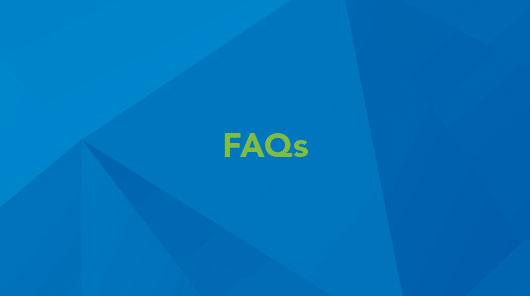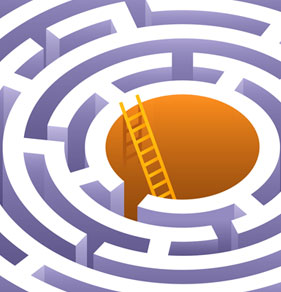February 13, 2019
Chances are in the past few months you’ve seen something like this: CMS ANPRM of RCS-1 Replacing RUG-IV Now Updated by FY 2019 SNF Part A PPS PDPM. OK, maybe not exactly like that but you get the idea. Healthcare regulation is always a short course in acronyms but if you’re feeling like you’re swimming in alphabet stew rather than soup you’re not alone! Here, we’ve tried to unpack some of this, but first some background and a few definitions:
About three months ago, Centers for Medicare & Medicaid Services (CMS) announced the proposed rule for the Prospective Payment System (PPS). The proposed rule outlines updates and revisions to the case-mix methodology for SNF (skilled nursing facilities) reimbursement for Fiscal Year (FY) 2020 Medicare payment, and is titled the Patient Driven Payment Model or PDPM. PDPM replaces what the industry has been talking about for about a year, RCS-1 (Resident Classification System, Version1), the system we had thought would replace our current RUG-IV system (Resource Utilization Group, version IV), some version of which we have been using since 1998. So, generally speaking, beginning in October 2019 we can forget about RCS-1 and RUG-IV and concentrate on PDPM. But what are we focusing on?
Outcomes:
In our current RUG-IV system, the number of therapy minutes delivered is the primary factor that determines payment. In this system, the problem has long been that providers may focus on the amount of therapy rather than the quality. Of course, there are measures built in to address this, but ultimately, therapy is paid by the minute and the rate per minute can be the same no matter how long the patient has been receiving treatment. With RCS-1 and PDPM, the reimbursement methodology shifts away from minutes to focusing on patient characteristics and incentivizes outcomes. In PDPM therapy rates decline after 20 days at 2 percent every seven days. While some may view this change as encouraging less therapy, Aegis sees this shift as one that supports patient-centered therapy that relies on getting patients back to their highest level of function quicker. Outcomes will be more important than ever!
Therapy Delivery:
PDPM outlines some more flexible new service delivery options for patients and therapy providers. Group and concurrent therapy is now something that can be considered and utilized at a capped rate of 25 percent per discipline with at least 75 percent of therapy being individualized. Putting this decision in the hands of therapists is a step toward helping increase patient outcomes while driving down costs. Aegis is also continuing to expand offerings across the continuum of care. Who doesn’t want to get home quicker when recovering from illness and injury? Historically, some of the biggest barriers to transitioning care settings is losing some of the therapy gains made in the SNF, but with consistency in therapy providers, this impact can be mitigated. Therapy via outpatient and home health will play an even bigger role in maintaining outcomes.
Assessments & Patient Classification:
Currently, MDS assessments can be viewed as a burdensome and frustrating part of care delivery, with 5, 14, 30, 60 and 90-day scheduled assessments and five more potential unscheduled assessments, providers can end up feeling like it is all they do. In PDPM an initial five-day and final discharge scheduled assessment is proposed along with one potential unscheduled assessment. While the requirement is markedly less, the importance of them is not. Functional assessments will be particularly important under PDPM as they help define the starting point for patients and therefore impact both outcomes and payment. PDPM has adopted Section GG for functional assessments for both therapy and nursing components.
P is for Patient
While we are still a way away from implementation, and the Final Rule has not yet been published, one thing is clear, October 2019 will be here before we know it and PDPM will dramatically impact our day-to-day business and service delivery. Under PDPM therapy providers will need to manage better than ever how services are delivered to ensure we are providing patient-centered care for our patients and ensuring the therapy provided achieves the greatest possible outcomes. So, when it comes down to it, the most important letter in our alphabet stew is the one that represents the patient.
Aegis Therapies is a nationally recognized leader in contract rehabilitation and wellness services with more than 7,500 therapists and clinicians providing therapy services in over 1,400 facilities across 41 states.
All content provided on this blog is for informational purposes only and should not be taken as medical, emotional or other type of advice. Aegis makes no representations as to the accuracy or completeness of any information on this site or found by following any link on this site. Aegis will not be liable for any errors or omissions in this information nor for the availability of this information. Aegis will not be liable for any losses, injuries, or damages from the display or use of this information. Each individual is unique; therapy and wellness progress and outcomes will vary depending on the individual.








